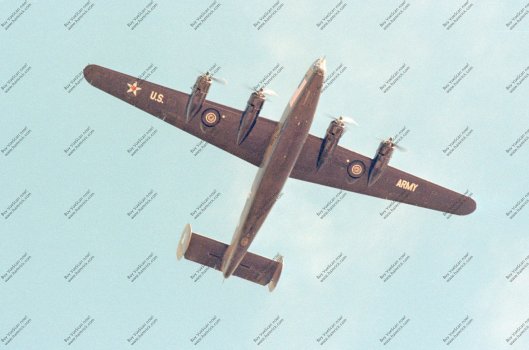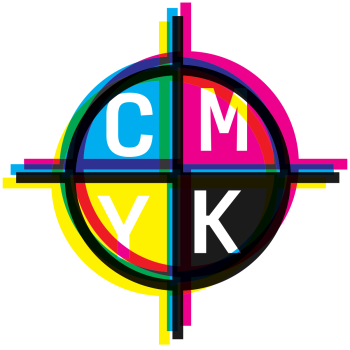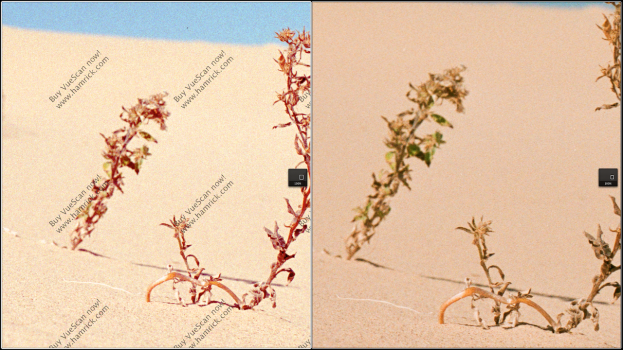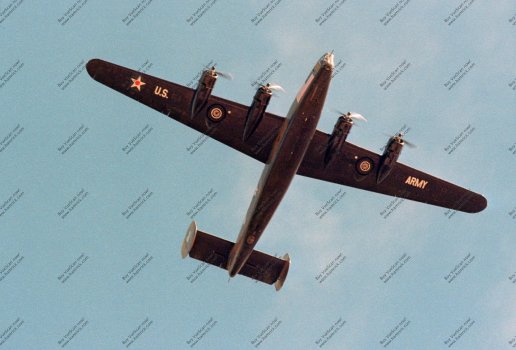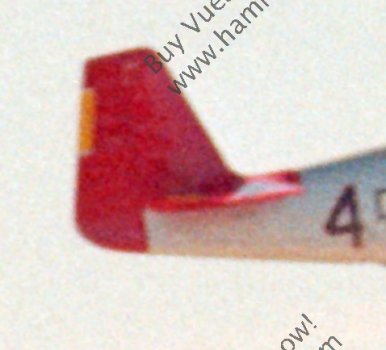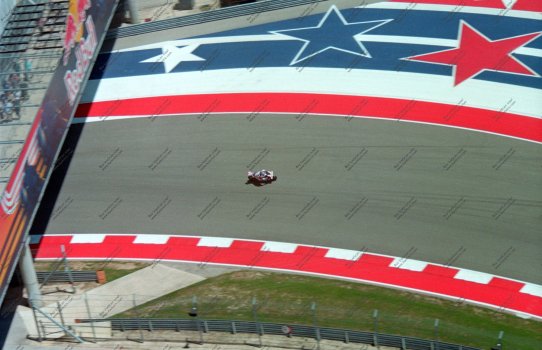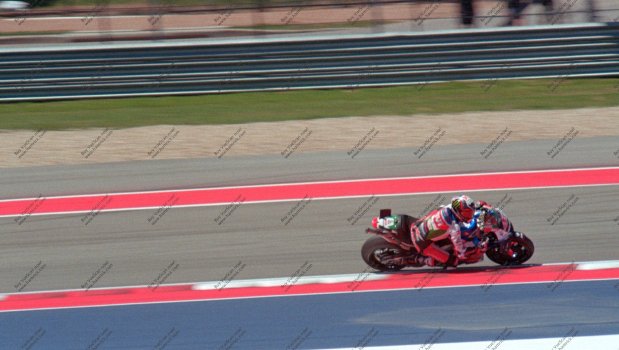First of all, what's your full hardware set-up you're trying to run it on? I think I've hit a wall of where Nikon Scan will work or not work, and that place seems to be 2011-era Macs. I also had some issues on my Mac Pro 5,1 with dual X5690s. It would crash/not load with the scanner on, as you've described. Others, like my MBP 8,1, were not stable and would sometimes crash mid-scan. On the 5,1, though, funny enough it wouldn't run as stand alone software but would work fine as a Photoshop plug-in so that's how I did it(and actually found I prefer doing it that way).
To your scans-I've spent a few minutes looking at them at them and to my eye, the Nikon scans seem sharper and generally more detailed than the film lab scans you've shown. I'm looking at the plant to the center/right of the frame in particular since it seems to be in sharpest focus. What I DO see are blown highlights and generally an overexposed look(overexposed in the scan, not the negative you're working with) that's not present in the lab scan. That can be fixed in your scan settings. The color can be fixed also. Forgive me if I'm mentioning things you're already doing, but be sure you're selecting an appropriate film profile in Vuescan. I could have sworn there were some Kodak Gold profiles available. You can also fine-tune the colors in there. If you want to get fancy, photograph a color target and then profile the scan of it.
There are a few other considerations, too. The 35mm Nikon scanners don't really have the flatness issues that the bigger medium format ones do(that's enough to make you want to give up on even trying until you get one just right) but some holders are better than others. The absolute best is the single-frame strip that works with the slide holder, although it's inconvenient enough to use that I rarely bother. The automated strip feeder is fairly good(and super convenient) but isn't quite as good as the single frame holder. Mounted slides are a mixed bag and it depends more on the quality of the mount. If you are using the strip feeder and haven't done so, be sure you take it apart and clean the rollers to help avoid scratching.
To continue with that, though, don't forget that the scanner does need to be focused. Autofocus is generally good on the Nikons and they have a decent range(unlike the also popular Epson flatbeds, where you can spend an eternity adjusting your holders to try and get optimum focus....) but I seem to recall that Vuescan lets you fine-tune focus. If you want to go nuts on this, you can buy a resolution test target in a mounted slide but I've never gone that far. Also, dust on the lens in particular can obscure fine detail.
I can't show scans from a 4000 as I don't have a functioning one. I bought one several years ago and brought it home to find the Firewire chip was dead(if you're not aware of this issue, just know it can happen with the 4000, 8000, and 9000 and hot plugging/unplugging seems the biggest culprit). I've always meant to have it fixed since, unlike my V, it can handle the bulk film/whole roll feeder, but I never wanted to spend the money on one of those either.
With that said, I've used the very similar V quite a bit and can show samples.
Here's one I grabbed at random. This would have been c. 2009 and taken with my Canon T90 and 20mm f/2.8 on Elite Chrome 100.
And a 100% crop
Here's a slightly more recent one, although for whatever reason I seem to have scanned it at lower resolution(or maybe did it on the Coolscan III). This I have in a folder labeled "2019". Funny enough the details aren't as clear to me as above(although the occasion wouldn't have been as memorable) but knowing my normal kit then for this sort of stuff, or rather what I normally walked around with in this location(or still do when I visit for that matter) I can just about guarantee it was my Nikon F2SB and Velvia 50. I'm trying to think what the lens would have been, as my usual walk-around kit those days was a 24mm f/2.8, 50mm f/1.4, 105mm f/2.5, and 200mm f/4(I don't think I had my 35mm f/1.4 in April/May 2019 when this would have taken, otherwise I'd say that was it). Given the location and FOV, I'm going to say it was the 24mm...



One last one-this was Ektar 25 shot 2018 or 2019ish in a Nikon FM2n. Given the rather extreme perspective, I'm inclined to think it was either my 18mm f/4.5 AI-s or 18-35 f/3.5-4.5 AF-D zoom. With the barrel distortion I would lean toward the latter, plus I don't remember if I even still had the 18mm prime then!
I'm happy to do other, more recent ones although it may be next week before I can get to it as I'll have to actually get my Mac Pro set up.
